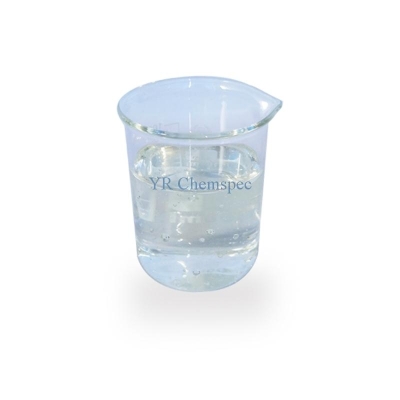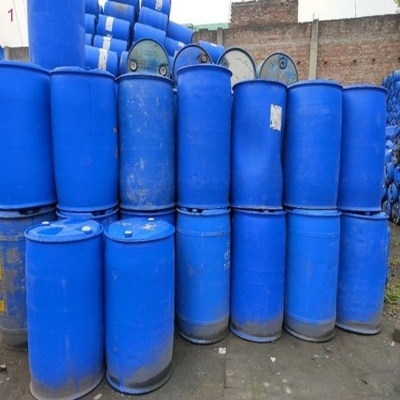-
Categories
-
Pharmaceutical Intermediates
-
Active Pharmaceutical Ingredients
-
Food Additives
- Industrial Coatings
- Agrochemicals
- Dyes and Pigments
- Surfactant
- Flavors and Fragrances
- Chemical Reagents
- Catalyst and Auxiliary
- Natural Products
- Inorganic Chemistry
-
Organic Chemistry
-
Biochemical Engineering
- Analytical Chemistry
- Cosmetic Ingredient
-
Pharmaceutical Intermediates
Promotion
ECHEMI Mall
Wholesale
Weekly Price
Exhibition
News
-
Trade Service
Silica
Silica SiO 2 crystal is colorless, insoluble in water, high melting point, and high hardness
.
Quartz in nature is silica , which is an atomic crystal
.
The structure of silicon dioxide uses silicon-oxygen tetrahedron as the basic structural unit, and the different connection modes of silicon-oxygen tetrahedron form different crystal types, such as -quartz and β-quartz
.
Siloxane tetrahedrons are also arranged chaotically, such as in quartz glass and silica gel
.
Porous silica gel can be used as a desiccant
.
Using NaSiO 3 solution as raw material, acidification causes SiO 3 2- to gradually condense and form silicic acid colloid
.
SiO 2 is relatively inert at room temperature , but it can react with hydrofluoric acid to produce SiF 4 or H 2 SiF 6
.
SiO 2 can react with hot strong alkali solution and molten sodium carbonate to form soluble silicate
.
Silicon carbide and silicon nitride
1.
Silicon Carbide
Silicon carbide SiC is commonly known as emery, pure crystals are colorless, and they have different colors if they contain different impurities
.
SiC is an atomic crystal, and both C and Si are tetrahedral bonded, and there are dozens of variants
.
SiC has many excellent properties, such as high hardness (between diamond and corundum), high temperature resistance (above 1500℃), high stability (decomposition above 2700℃), oxidation resistance, corrosion resistance, high thermal conductivity, etc.
for abrasives, refractory materials, electric components, seals and the like
.
Industrially, silicon carbide is obtained by reacting high-purity quartz sand and coke in a resistance furnace at 1900-2400℃:
SiO 2 +3C=SiC+2CO
2.
Nitriding
Silicon nitride Si 3 N 4 , pure crystal is colorless (powder is white), gray when it contains impurities
.
Si 3 N 4 has high hardness (between diamond and corundum), high temperature resistance, and strong oxidation resistance.
It is an insulator at room temperature
Under the condition of 1300~1400℃, silicon nitride is obtained by direct chemical reaction with elemental silicon and nitrogen:
3Si+2N 2 =Si 3 N 4







